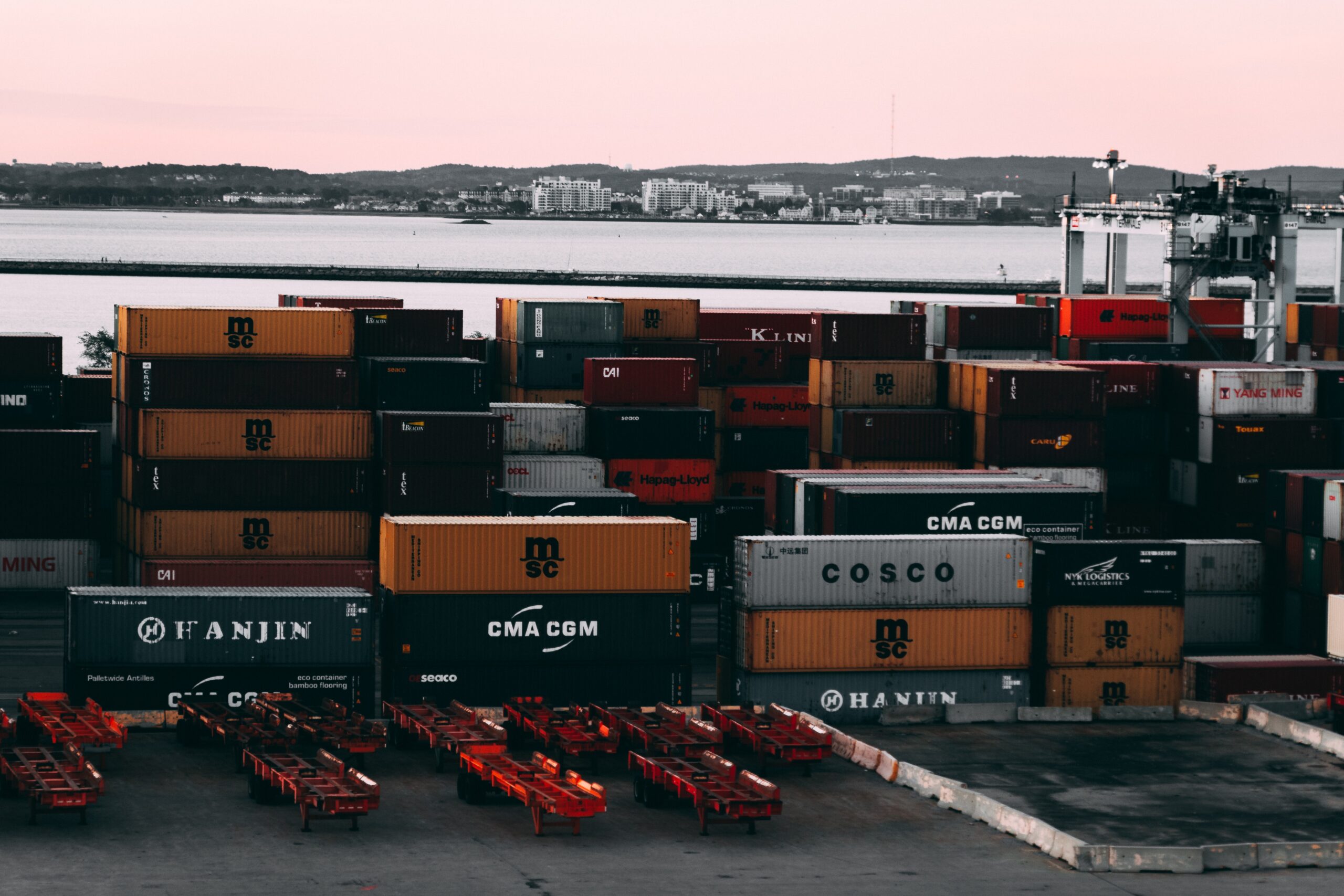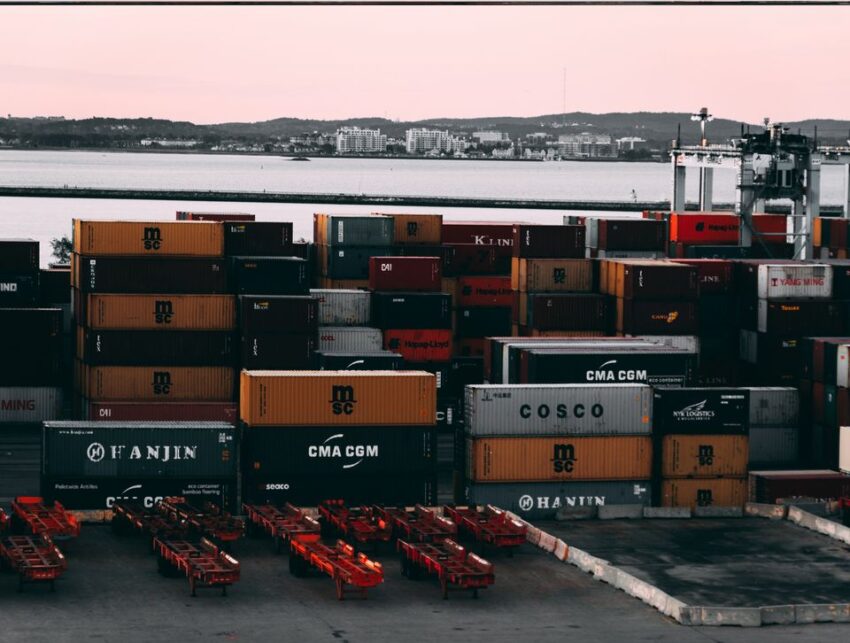In 2021 we have seen a drop in the use of TEUs or 20-foot equivalent units. The Chinese manufacturers have been strongly favoring the use of FEUs or 40-foot shipping containers which in turn has threatened the future of the 20-foot containers. Although they have traditionally been a standard in the industry, the TEUs are witnessing a contraction in production. Keep reading today’s article to find out about the pros and cons of TEUs in the container shipping industry and if they will continue to play their role in sea freight shipping.

Role of TEUs in container shipping
The 20-foot containers come in two sizes. While the regular size is 8 feet by 20 feet, the cube size is 9 feet by 20 feet. Moreover, at times, two 10-foot containers are joined to create a TEU. The TEUs come in a moderate size that makes them ideal for shipping both domestically as well as globally. Additionally, the size of these containers ensures their utility for air freight shipping. For several decades they used to be the most commonly used unit of shipping containers.
The problems of the TEU containers and the rise in demand for FEUs
In the last two decades, we have seen a considerable rise in the export of manufactured items from Asia especially China to the rest of the world. This in turn led to an increased demand for FCL shipments in 40′ HC Dry units that are ideal for shipping palletized cargo. The rise in demand for the FEUs impacted the future of containerized freight and in several cases, the 40′ High Cubes have come up as the new reference. Moreover, the price difference between TEUs and FEUs is presently less than 30%.
The 20-foot equivalent units make up a meager 20% of all the containers in the important East-West routes. With the rising demand for goods, there is also an increased demand for larger containers. Accordingly, the container manufacturers are also focusing majorly on the manufacture of 40′ HC Dry and 40′ HC Reefer containers.
The emphasis of the Chinese retail industry on the use of FEUs is one important factor that is making the future of the TEU unstable. TEUs are usually heavy and mostly used for long-term contracts with a lower profit margin. Therefore, some carriers also charge higher fees for the use of TEUs weighing over 18- 20 metric tonnes.
The 20-foot container will continue to remain in force
Even though the use of 20-foot units has somewhat declined in the last few years, many believe they will continue to play an important role in the container shipping sector. In fact, the year 2022 has seen an increase in the production of these units. Some of the biggest sea freight carriers are presently using 20-foot units to move their cargo.
Most importantly, the relevance of 20-foot containers has increased in 2022. We have seen a rise in the use of TEUs for moving agricultural products, like coffee, rubber, rice etc, chemical items, semi-manufactured cargo and bulk commodities. The demand for these containers is increasing in the southern routes where ConRoro ships and small container vessels operate.
In the first eight months of this year, the top Chinese container manufacturers have produced over half a million 20-foot units. This amounts to a 64% increase in production as compared to 2021. In addition, there is also a growing demand for non-commercial TEUs that are meant for storage purposes.
Moreover, another reason behind the increase in demand for TEUs is the shortfalls of last year’s production level. Several industries are making use of these containers to move cargoes that are not bulky but heavy and dense. Drewry – a maritime research and consultancy firm believes that the future of the 20-foot units will be secure in the next 5 years and its demand might even keep increasing in the coming days.


